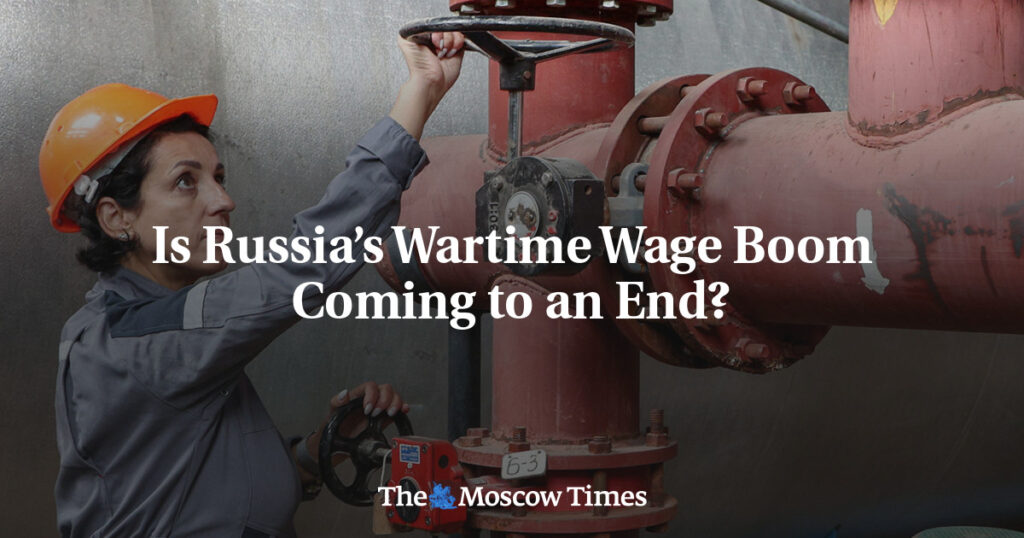Russia Faces Prolonged Labor Shortages Amid Economic Shifts
In recent years, Russia has been grappling with a severe labor shortage across various sectors of its economy. Initially triggered by the socio-economic changes spurred by the COVID-19 pandemic and later intensified by Western sanctions following the 2022 invasion of Ukraine, these shortages reflect a significant and ongoing challenge for the nation’s economic landscape.
The Emerging Labor Landscape
Dmitry Sergienkov, CEO of the prominent online recruitment platform HeadHunter, highlighted the persistence of this labor deficit in an interview with the Kommersant business daily. According to Sergienkov, the workforce in Russia has shrunk by about one million people over the past two years. This contraction stems mainly from the smaller, more demanding generation of workers born in the 1990s, who are unable to fully replace outgoing retirees. He foresees this situation worsening over the next five years, saying, “There will never be cheap labor in our country again.”
Supporting this assertion, a study by Moscow’s Higher School of Economics noted that Russia’s gross labor turnover rate reached a record 65% in 2023, indicating a heightened level of job switching among workers. Meanwhile, the unemployment rate plummeted to an unprecedented low of 2.4% between June and August of the same year, showcasing the pressing demands on the labor market.
Changing Dynamics in Wages and Employment
The labor shortage has struck a new balance between supply and demand, leading companies to enhance employment packages while broadening their hiring criteria, even seeking older jobseekers. Consequently, Russian officials project a rise in real wages, with expectations of a 9.2% increase in 2024 compared to the 8.2% hike in 2023. By 2027, the average monthly salary is set to reach 100,000 rubles ($1,040), according to the Economic Development Ministry.
This wage inflation can largely be attributed to increased government spending, particularly within the military-industrial complex. However, economists caution that this rise may constitute a "bubble," as it is not supported by equivalent growth in labor productivity. Natalya Zubarevich, a renowned economist, warns that many companies might eventually halt wage increments due to inflationary pressures eroding real incomes.
Impact of War and Sanctions
The effects of the ongoing war in Ukraine and the resulting Western sanctions have heavily influenced labor market dynamics. These geopolitical shifts have created new demands in sectors tied to the military-industrial complex and industries unaffected by the withdrawal of Western companies. The alterations in job markets have yielded sporadic spikes in wages, particularly in regions with military production facilities.
Nevertheless, economist Rostislav Kapelushnikov posits that unless there’s a substantial increase in labor supply or a decrease in demand, the market will struggle to stabilize. Barriers to expanding the labor force, such as restrictions on migration and educational commitments from young Russians, further complicate potential resolutions.
A Focus on Future Adjustments
As the Russian labor market navigates these complex issues, a likely scenario anticipates a cooling of labor demand as companies reach their recruitment capacities. Those unable to sustain wage levels may scale back hiring efforts, consequently easing some of the pressures on the labor market. However, achieving balance remains a delicate task, requiring strategic planning and adaptation to the evolving economic landscape.
The labor shortage in Russia is more than a fleeting issue; it marks a pivotal shift in the country’s socio-economic structure, reflecting broader global trends and internal policy decisions. As businesses and officials ponder sustainable solutions, the labor market’s transformation continues to unfold, reshaping the economic future of the nation.
